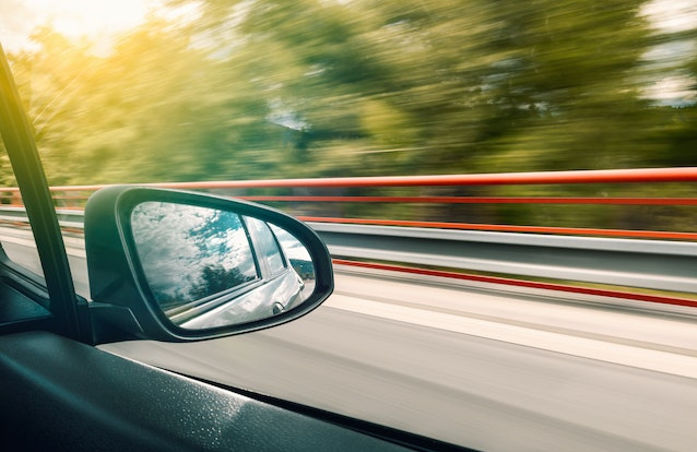
The many ways health and science intertwine can be found in various aspects of our lives, even in unexpected places like the automotive world. One such example is the Tata Harrier, a popular SUV known for its impressive performance and speed.
In this article, we will delve into the realm of health and science by exploring how the Tata Harrier top speed impacts our well-being. While the focus may seem unconventional, understanding the relationship between speed, physiology, and safety can provide valuable insights into our overall health and driving experience.
Unleashing the Power: The Tata Harrier’s Top Speed
The Tata Harrier boasts a powerful engine and aerodynamic design, enabling it to achieve notable top speeds on the open road. With advanced technology and engineering, the vehicle can reach speeds that exhilarate enthusiasts and thrill-seekers alike. Exploring the specific capabilities and performance features of the Tata Harrier can help us understand the factors that contribute to its remarkable top speed and the science behind its agility.
The Physiology of Speed: How It Affects the Body
As the speedometer climbs, our bodies experience physiological changes. High-speed driving triggers an adrenaline rush, increasing heart rate, and enhancing mental alertness. This physiological response is a natural defense mechanism that prepares us for potential dangers on the road.
However, sustained high-speed driving can also exert additional stress on our bodies, leading to fatigue and increased muscle tension. Understanding the balance between exhilaration and potential health implications is crucial for maintaining a safe and comfortable driving experience.
Safety First: The Importance of Speed Limits and Responsible Driving
While the Tata Harrier’s top speed may be impressive, it is essential to recognize the importance of adhering to speed limits and practicing responsible driving habits. Speed limits are established for the safety of both drivers and pedestrians, taking into account factors such as road conditions, visibility, and potential hazards.
By obeying speed limits and adopting defensive driving techniques, we can mitigate risks, promote road safety, and prioritize our well-being.
ALSO READ: The Role of Video Effects in Engaging Health and Science Content
Health Considerations for Long-Distance Travel
Long-distance travel in a vehicle like the Tata Harrier requires careful attention to health considerations. Prolonged periods of sitting, exposure to vibrations, and limited mobility can contribute to discomfort and potential health issues.
Implementing strategies such as regular breaks, stretching exercises, and maintaining proper posture can help mitigate the negative effects of extended travel, ensuring a more comfortable and healthier journey.
Embracing a Holistic Approach to Health and Driving
In the realm of health and science, it is crucial to adopt a holistic approach that encompasses both physical and mental well-being. While the Tata Harrier’s top speed may provide exhilaration, it is equally important to prioritize factors such as driver concentration, emotional stability, and stress management.
Maintaining a healthy lifestyle, including regular exercise, adequate sleep, and mindful driving practices, can contribute to overall well-being both on and off the road.
Conclusion
The Tata Harrier’s top speed serves as an entry point to explore the fascinating relationship between health, science, and automotive performance. By understanding the physiological effects of speed, prioritizing safety, and embracing a holistic approach to health and driving, we can navigate the road with confidence and mindfulness.
Remember, while speed can be thrilling, it is essential to prioritize safety, responsible driving, and personal well-being. The science of speed intertwines with our health, reminding us to approach every journey with mindfulness and respect for the road ahead.




